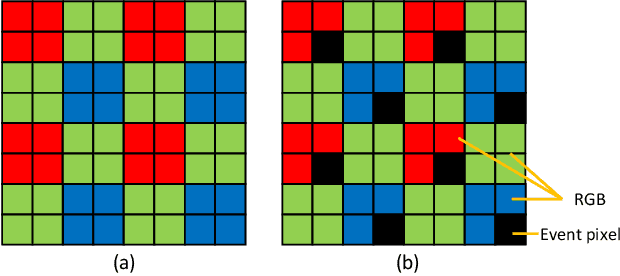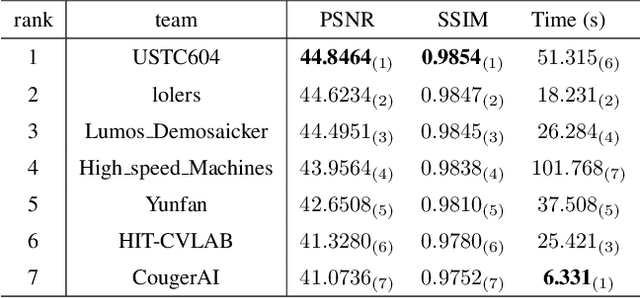Wenzong Ma
Open-vocabulary Mobile Manipulation in Unseen Dynamic Environments with 3D Semantic Maps
Jun 26, 2024



Abstract:Open-Vocabulary Mobile Manipulation (OVMM) is a crucial capability for autonomous robots, especially when faced with the challenges posed by unknown and dynamic environments. This task requires robots to explore and build a semantic understanding of their surroundings, generate feasible plans to achieve manipulation goals, adapt to environmental changes, and comprehend natural language instructions from humans. To address these challenges, we propose a novel framework that leverages the zero-shot detection and grounded recognition capabilities of pretraining visual-language models (VLMs) combined with dense 3D entity reconstruction to build 3D semantic maps. Additionally, we utilize large language models (LLMs) for spatial region abstraction and online planning, incorporating human instructions and spatial semantic context. We have built a 10-DoF mobile manipulation robotic platform JSR-1 and demonstrated in real-world robot experiments that our proposed framework can effectively capture spatial semantics and process natural language user instructions for zero-shot OVMM tasks under dynamic environment settings, with an overall navigation and task success rate of 80.95% and 73.33% over 105 episodes, and better SFT and SPL by 157.18% and 19.53% respectively compared to the baseline. Furthermore, the framework is capable of replanning towards the next most probable candidate location based on the spatial semantic context derived from the 3D semantic map when initial plans fail, keeping an average success rate of 76.67%.
MIPI 2024 Challenge on Demosaic for HybridEVS Camera: Methods and Results
May 08, 2024



Abstract:The increasing demand for computational photography and imaging on mobile platforms has led to the widespread development and integration of advanced image sensors with novel algorithms in camera systems. However, the scarcity of high-quality data for research and the rare opportunity for in-depth exchange of views from industry and academia constrain the development of mobile intelligent photography and imaging (MIPI). Building on the achievements of the previous MIPI Workshops held at ECCV 2022 and CVPR 2023, we introduce our third MIPI challenge including three tracks focusing on novel image sensors and imaging algorithms. In this paper, we summarize and review the Nighttime Flare Removal track on MIPI 2024. In total, 170 participants were successfully registered, and 14 teams submitted results in the final testing phase. The developed solutions in this challenge achieved state-of-the-art performance on Nighttime Flare Removal. More details of this challenge and the link to the dataset can be found at https://mipi-challenge.org/MIPI2024/.
Event Camera Demosaicing via Swin Transformer and Pixel-focus Loss
Apr 03, 2024Abstract:Recent research has highlighted improvements in high-quality imaging guided by event cameras, with most of these efforts concentrating on the RGB domain. However, these advancements frequently neglect the unique challenges introduced by the inherent flaws in the sensor design of event cameras in the RAW domain. Specifically, this sensor design results in the partial loss of pixel values, posing new challenges for RAW domain processes like demosaicing. The challenge intensifies as most research in the RAW domain is based on the premise that each pixel contains a value, making the straightforward adaptation of these methods to event camera demosaicing problematic. To end this, we present a Swin-Transformer-based backbone and a pixel-focus loss function for demosaicing with missing pixel values in RAW domain processing. Our core motivation is to refine a general and widely applicable foundational model from the RGB domain for RAW domain processing, thereby broadening the model's applicability within the entire imaging process. Our method harnesses multi-scale processing and space-to-depth techniques to ensure efficiency and reduce computing complexity. We also proposed the Pixel-focus Loss function for network fine-tuning to improve network convergence based on our discovery of a long-tailed distribution in training loss. Our method has undergone validation on the MIPI Demosaic Challenge dataset, with subsequent analytical experimentation confirming its efficacy. All code and trained models are released here: https://github.com/yunfanLu/ev-demosaic
 Add to Chrome
Add to Chrome Add to Firefox
Add to Firefox Add to Edge
Add to Edge